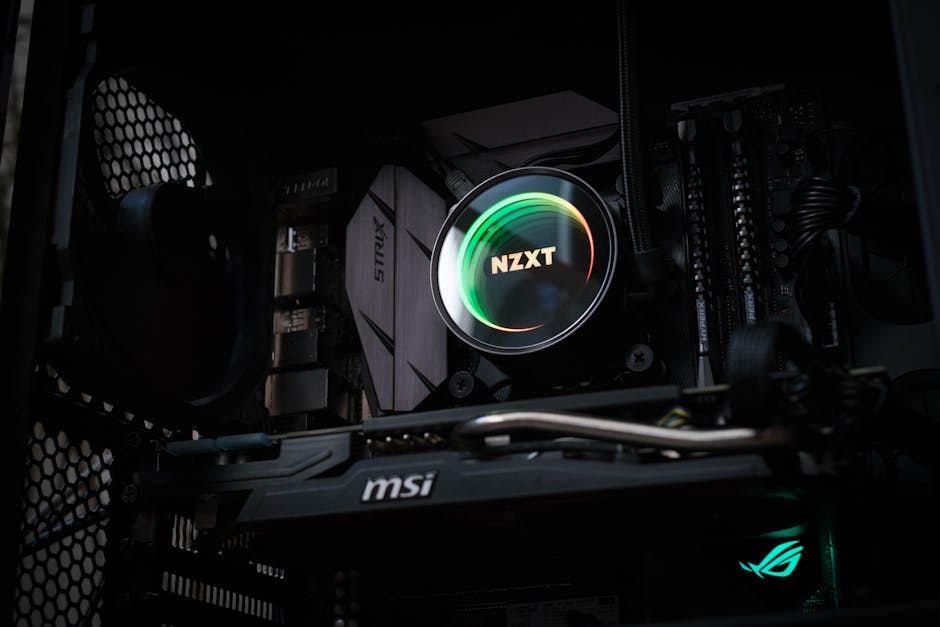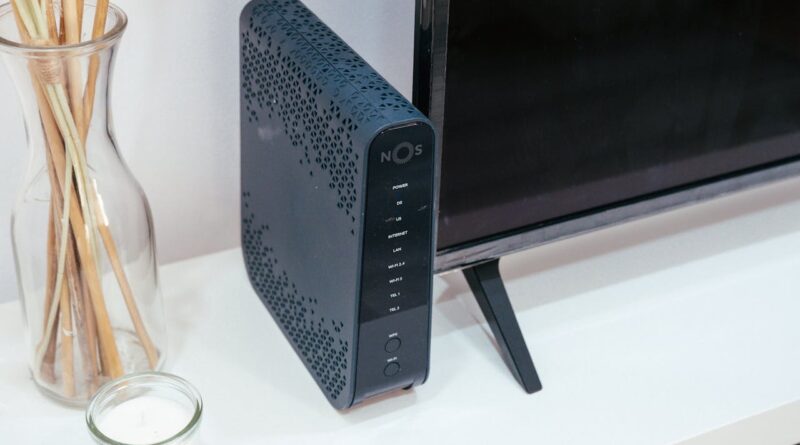How to Configure Routers for Optimal Performance
Have you ever experienced slow internet speeds or constant disconnections while browsing online? Your router might be the culprit. Configuring your router for optimal performance can make a big difference in your internet experience. In this guide, we will walk you through the steps to ensure your router is set up correctly to provide fast and reliable internet access.
Why Does Router Configuration Matter?

Think of your router as the traffic controller of your home network. It directs internet traffic to your devices, such as smartphones, laptops, and smart TVs. If your router is not configured properly, it can lead to slow speeds, dropped connections, and overall poor performance.
By optimizing your router settings, you can ensure a smooth and efficient flow of data, resulting in faster internet speeds and a more stable connection for all your devices.
How to Configure Routers for Optimal Performance

1. Update Your Router’s Firmware Regularly
Just like your smartphone or computer, routers receive software updates to improve performance and security. Check for firmware updates regularly in your router’s settings and install them to ensure your router is running the latest software.
2. Secure Your Network with a Strong Password
Protect your network from unauthorized access by setting a strong password. Use a mix of letters, numbers, and special characters to create a secure password that is difficult to guess. This will prevent unwanted users from piggybacking on your network and consuming your bandwidth.
3. Place Your Router in a Central Location
Position your router in a central location in your home to ensure even coverage throughout. Avoid placing it near thick walls, metal objects, or electronic devices that can interfere with the signal. By placing your router in an optimal location, you can maximize its reach and provide a strong connection to all your devices.
4. Adjust Your Router’s Channel Settings
Routers operate on different channels to transmit data. If you live in a crowded area with multiple Wi-Fi networks nearby, changing your router’s channel settings can help reduce interference and improve performance. Experiment with different channels to find the one that works best for your network.
5. Enable Quality of Service (QoS) Settings
Quality of Service (QoS) settings allow you to prioritize certain types of internet traffic over others. For example, you can give priority to video streaming or online gaming to ensure a smooth experience. Enable QoS settings in your router’s configuration menu to optimize your network for your specific needs.
6. Limit the Number of Connected Devices
Every device connected to your network consumes bandwidth, which can slow down your internet speeds. Limit the number of connected devices to only those that are actively being used to free up bandwidth for essential tasks. This will help prevent network congestion and ensure a faster connection for all your devices.
7. Restart Your Router Regularly
Just like your computer, routers can benefit from a regular reboot. Restarting your router can clear out any temporary glitches or issues that may be affecting its performance. Make it a habit to restart your router every once in a while to keep it running smoothly.
Conclusion
Configuring your router for optimal performance is essential for a seamless internet experience. By following these simple steps, you can ensure that your router is set up correctly to provide fast and reliable internet access for all your devices. Remember to update your firmware, secure your network, place your router strategically, adjust channel settings, enable QoS, limit connected devices, and restart your router regularly to maximize its performance. With these tips, you can enjoy a smooth and efficient internet connection in your home.




